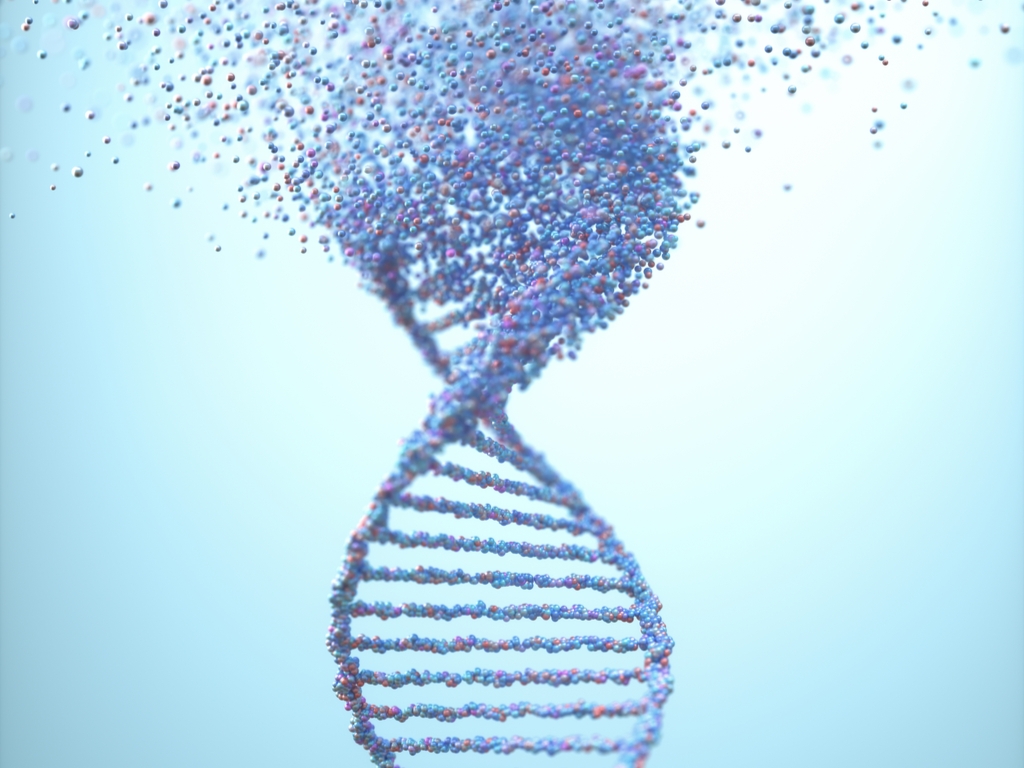Home > Insights > Biotech, Pharma Healthcare > What is Gene Therapy?
What is Gene Therapy?
By: Kiran Chin
June, 2020

Our Executive Perspectives are informational primers intended for executives and functional leaders. They are intended to provide a calculated mix of technical and commercial understanding of relevant topics in science and technology industries.
What is Gene Therapy?
Gene therapy is a function of cell & gene therapy, or what is more commonly known now as “Advanced Therapies”.
Gene therapy refers to the delivery of genes (usually in the form of nucleic acid polymers) into a patient’s cell to treat or prevent disease. To understand gene therapy is to first understand what is a gene?
What is a gene?
A gene is a sequence of nucleotides (basic building blocks of DNA and RNA, ie. ATCG). During gene expression, DNA is copied into RNA which can either perform a function or exist as an intermediate step before a protein is formed.
How does gene therapy work?
- Cell Elimination: addition of anti-angiogenesis agents, suicide genes, toxic proteins, oncolytic viruses that trigger an immune response to remove unwanted cells
- Gene Addition: inserting genes into the nucleus of cells so that the new gene has its own control signals. The new gene is packed into vectors that can then be introduced to the diseased cells
- Gene Correction: when corrected gene portions are introduced to defective genes and they act to correct the mutation in the genome of the target cells. The mutated part of the cell is removed and the “healthy” gene is inserted
- Gene Silencing: Process of turning off or turning down the gene expression for disease causing cells. Normally achieved through RNA interference, which is used to disrupt the translation of messenger RNA
- Reprogramming: When a cell is altered by the addition of genes
What are Viral Vectors?
- Adenoviral vectors (AV): Able to deliver nucleic acids to both dividing and non-dividing cells
- Adeno-associated viral vectors (AAV): Similar to AV but known to affect mild immune response, potentially better suited for gene therapy given limited negative effects
- Lentivirus: type of retrovirus that is able to integrate into non-dividing cells and randomly inserted in the genome.
- Retroviral Vectors (RV): used for stable and permanent fusion but may have limited affect on neurons.
- Herpes Simplex Viral Vector (HSV): ability to deliver large-scale quantities of exogenous DNA.
What are Non-Viral Vectors?
As the term implies, non-viral vectors are not derived from viruses – and as such, do not generally elicit an immune response. While they are easier to mass-produce, they have historically been limited in delivery efficiency (compared to viral vectors whose sole purpose is to subjugate host cells and take over reproduction abilities). However, the vector technology appears to be changing to allow for improved transfection and expression efficiency.
Some of the common non-viral vectors include:
- Oligonucleotides: these are short DNA or RNA molecules that are commonly synthesized in labs and bind in a sequence specific manner to their complementary oligonucleotide base pairs
- Naked DNA/RNA: use of DNA or RNA directly inserted into the cell/tissue of interest
How Many Gene Therapies are in Clinical Trials?
According to the Alliance for Regenerative Medicine, at the end of 2019 there were approximately 804 clinical trials focused on gene therapy.

By: Kiran Chin


